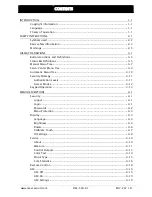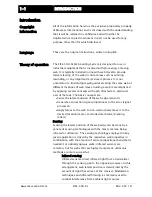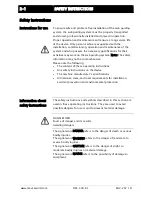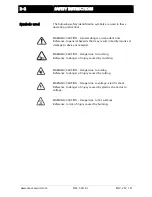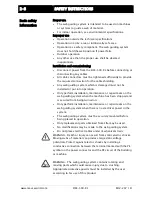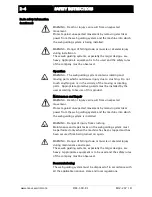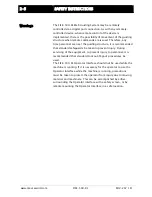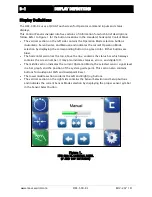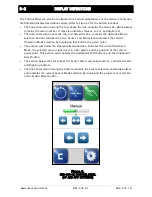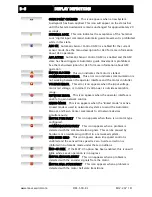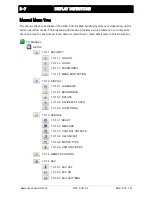
1-1
INTRODUCTION
www.maxcessintl.com
FIFE-500-XL
MI 2-267 1 D
Introduction
Copyright
information
All of the information herein is the exclusive proprietary property
of Maxcess International, and is disclosed with the understanding
that it will be retained in confidence and will neither be
duplicated nor copied in whole or in part nor be used for any
purpose other than for which disclosed.
Language
These are the original instructions, written in English.
Theory of operation
The FIFE-500-XL Web Guiding System is designed for use in
industrial equipment that is involved with processing a moving
web. It is typically installed in line with web travel to provide
lateral steering of the web in critical areas such as winding,
rewinding, or any important mid-stream process. It is not
uncommon to find multiple web guides steering the same web at
different locations of web travel. Guiding a web is accomplished
by applying several concepts with each directed at a particular
part of the task. The basic concepts are:
Sense the lateral position of the web edge (sensors)
Generate a correction signal proportional to the error (signal
processor)
Apply forces to the web to non-destructively move it to the
desired location (motor-controlled mechanical pivoting
rollers)
Sensing
Sensing the lateral position of the web edge can be done by a
variety of sensing technologies with the most common being
infrared or ultrasonic. The sensing technology employed in any
given application is driven by the respective web properties in
combination with the amount of sensor proportional band that is
needed. For optically opaque webs, infrared sensors are
common, but for webs that are highly transparent, ultrasonic
methods are more successful.
Infrared sensing
Infrared sensors direct infrared light from a transmitter
through the sensing gap to the opposing receiver. In this
arrangement, web lateral position is determined by the
amount of light that arrives at the receiver. Modulation
techniques and infrared filtering is commonly used to
combat interference from ambient light sources.



